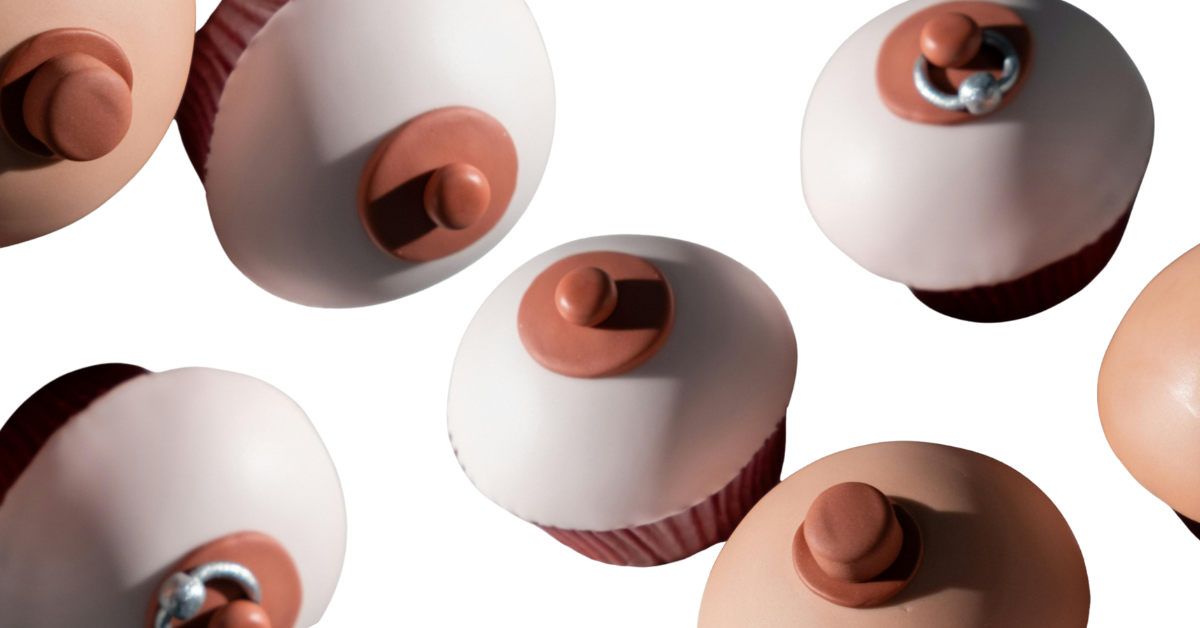-

·
Prevent Dehydration in Breastfed Babies – What You Need to Know
Learn how to recognize and prevent dehydration in breastfed babies. Discover early warning signs, simple prevention tips, and how breastfeeding naturally keeps your baby hydrated. From feeding frequency to outdoor safety and diaper checks.
-

·
Flat or Inverted Nipples and Nursing – What You Need to Know
Flat or inverted nipples can make breastfeeding more challenging, but they don’t make it impossible. With the right support, tools, and techniques, many parents nurse successfully. Early skin-to-skin contact, proper latch, and help from a lactation consultant can make all the difference in building confidence and overcoming common hurdles.
-

·
Do Nipple Piercings Affect Breastfeeding? What You Should Know
Thinking about breastfeeding with nipple piercings? This guide covers what you need to know about milk flow, healing, safety tips, and real mom experiences. Find out how to protect your baby, prevent complications, and breastfeed confidently—whether your piercings are old, new, or still healing.
-

·
Oral Thrush in Babies: Signs, Causes, and Proven Remedies
Oral thrush in babies is a common but manageable yeast infection that can affect both breastfed infants and their mothers. Learn to recognize the signs, understand what causes it, and discover safe, proven remedies—plus real-world prevention tips to help keep your breastfeeding journey on track.
-

·
Breastfeeding and Pacifiers: How to Find Balance
If you’re breastfeeding and wondering when or how to safely introduce a pacifier, you’re not alone. This guide offers calm, clear answers based on research and real mom experience—so you can make confident choices without guilt, stress, or guesswork.
-

·
Tongue and Lip Tie – A Quick Guide for Breastfeeding Challenges
Tongue and lip ties can make breastfeeding harder than it needs to be. This guide explains what they are, how they affect feeding, and what steps you can take to make things easier. With clear advice and a mom-to-mom tone, we help you navigate options, symptoms, and support.
-

·
Breast Abscess Practical Tips – Can You Continue to Breastfeed?
A breast abscess can feel overwhelming and painful, but it’s not the end of your breastfeeding journey. This guide offers clear, step-by-step advice to help you heal while continuing to nurse your baby safely and confidently.
-

·
Is Baby Biting While Breastfeeding? Causes & Nipple-Saving Tips
Baby biting while breastfeeding is painful, but it’s usually temporary and fixable. Learn what causes it, how to protect your nipples, and what steps to take—both in the moment and long-term—to make nursing more comfortable for you and your baby.
-

·
Sore, Cracked Nipples – What You Need to Know for Fast Relief
Sore, cracked nipples are a common breastfeeding challenge—but they don’t have to mean the end. With the right latch, gentle care, and smart prevention, healing is possible. This guide offers real solutions that work fast, so you can breastfeed more comfortably and confidently, even during the toughest early days.

Breastfeeding Problems & Solutions
Tag: Latching Issues
 Latching issues cover a range of challenges that prevent a baby from forming a secure and effective seal on the nipple and areola (for breastfeeding) or the bottle’s teat. A good latch is crucial for the baby to draw milk efficiently and for the caregiver to have a comfortable feeding experience.
Latching issues cover a range of challenges that prevent a baby from forming a secure and effective seal on the nipple and areola (for breastfeeding) or the bottle’s teat. A good latch is crucial for the baby to draw milk efficiently and for the caregiver to have a comfortable feeding experience.
Key problems include:
Shallow Latch: The baby only takes the nipple into their mouth, not enough of the surrounding areola. This is a very common issue.
Painful Feeding: The caregiver experiences pinching, biting, or sharp pain during feeding, which is a sign of a poor latch.
Clicking Sounds: A clicking or smacking noise during feeding can indicate the baby is losing suction.
Falling Asleep or Frustration at the Breast/Bottle: The baby struggles to draw milk, gets tired quickly, and may become fussy or give up.
Inadequate Milk Transfer: The baby isn’t getting enough milk, which can lead to poor weight gain and low diaper output.
Common Causes:
Positioning: Incorrect positioning of the baby or caregiver can make it difficult for the baby to attach properly.
Anatomical Issues: Conditions like a tongue-tie (ankyloglossia) or lip-tie can restrict the baby’s tongue movement, making a deep latch impossible.
Prematurity: Premature infants may have underdeveloped muscles or coordination needed for effective sucking.
Nipple Shape: Flat or inverted nipples can present a challenge for some babies.
Breast Engorgement: When breasts are overly full and hard, it can be difficult for the baby to grasp the nipple and areola.
Using this tag helps parents and lactation consultants quickly identify and find resources or support for feeding difficulties.
